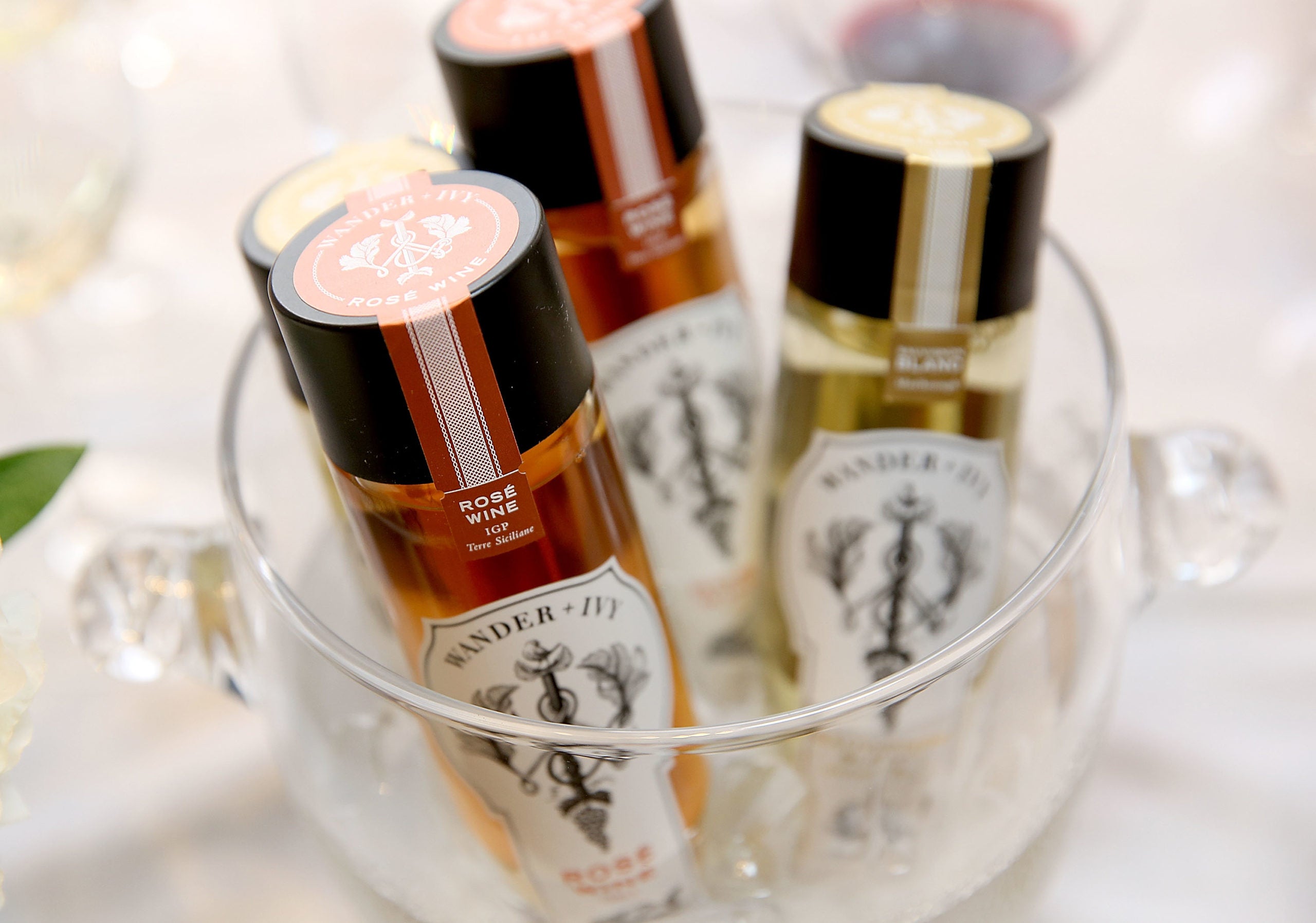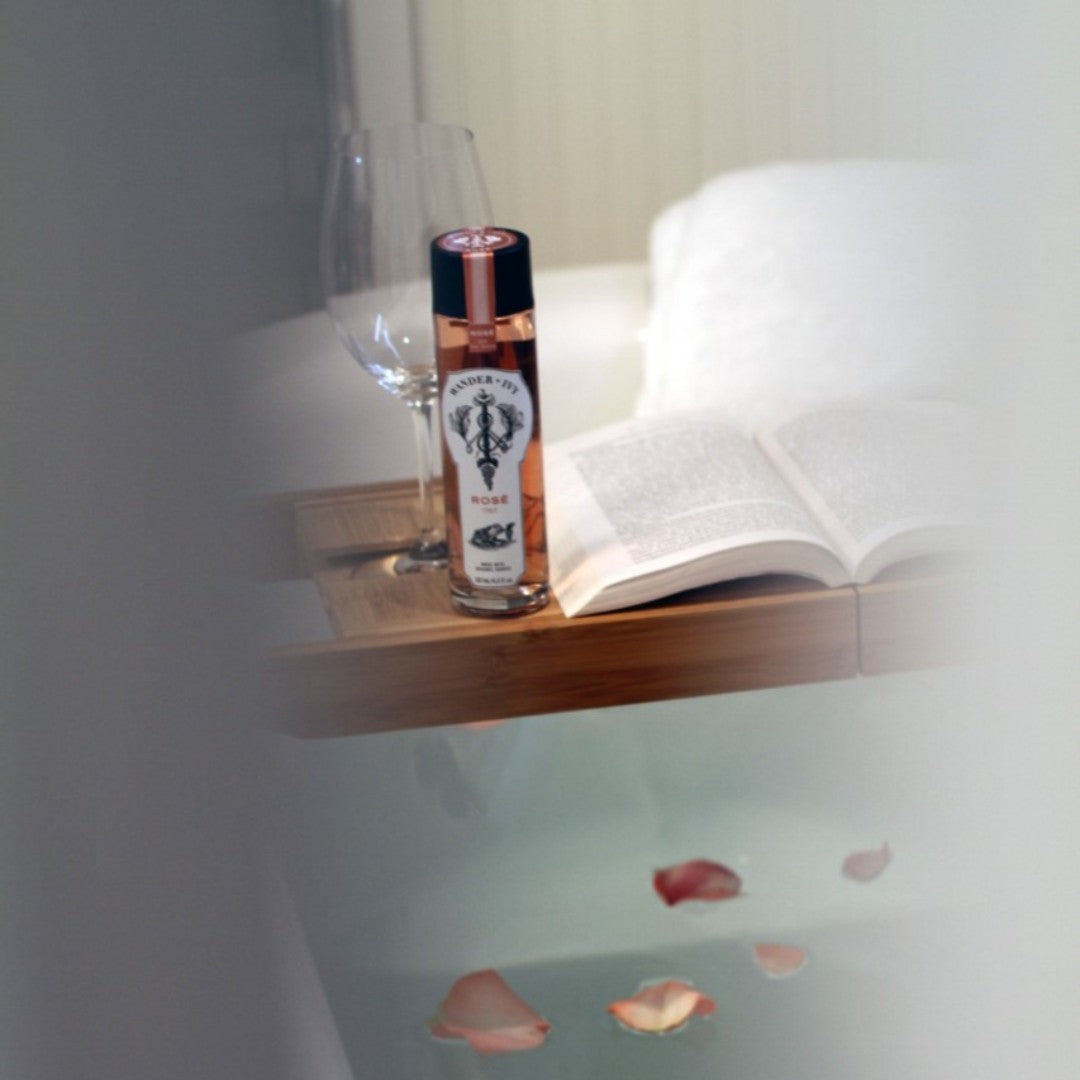
Wine Closures!
Let's talk Wine Closures. typically, we are focused on what lies within the bottle - i.e taste, smell, flavor, terroir, etc,. Today, we’re shifting our focus to learn about the different ways wines can be sealed and how this sealing process can reveal some interesting information on quality, tradition, history, and even longevity!
Here's your breakdown on the history of wine closures, major differences in corks vs. screw caps, and our opinion on what’s the best option (hint: there’s really no winner here)!
History of Wine Closures
Natural cork closures have been around since the 17th century and are widely known as the standard for closures. Prior to their development, wine bottles were often closed with glass stoppers. Yep, you read that, glass bottles, sealed with glass stoppers, as you can imagine, many issues resulted, mainly around breakage when trying to open the bottles. Thus, a new solution - the cork - was introduced to decrease breakage as a main priority and also seal in quality!
Let’s Talk Corks
As mentioned, corks have been around for a long time! The corks used in wine closures come from an actual Cork Tree. These trees primarily grow in regions along the Mediterranean Sea, which ensures plenty of sunshine, high humidity and low rainfall. Cork trees need to grow for about 15-25 years, once they’ve reached maturity, the bark from the tree is stripped away, keeping the rest of the tree intact. The bark will regrow over time, and the process will be repeated. Making this a very sustainable process! Portugal, Algeria, Spain, Morocco, France, Italy and Tunisia are the countries that produce the most cork from their trees!
In addition to cork being a sustainable option for a closure, it also aids in the aging process. An ideal cork allows less than 1mg of oxygen to enter into the wine bottle / year. This super small amount of oxygen can help wine age beautifully and actually eradicates sulfites perfectly!

This Wine is Corked
“This wine is corked”, have you heard the phrase? Corked wine, does not literally mean the wine is sealed and corked, it means the wine has been tainted with the cork. This happens when the cork rots within the wine, which leads to the wine having a bitter taste. At some point you’ve probably experienced a corked wine. At restaurants, when they pour you a first sip to taste, they’re wanting to ensure the wine they are serving is not in fact corked. We know it can be awkward to send wine back but there’s no need to feel bad or awkward. About 20% of wine ends up having this issue, and most times when restaurants experience corked wine they can simply send back to their distributor! Long story short - don’t feel bad about sending wine back, you deserve a delicious (non-corked) bottle and it’s more common than you think!
To avoid corked wine at home, if possible store the wine horizontally so the cork does not dry out!
So Why Do We Have Screw Caps Too?
Unbeknownst to most, screw caps as wine closures have been around for over a century and a half. It wasn’t until the 1950s when John Landis Mason (the man responsible for mason jars) revolutionized the food preservation process, that they really came to be for the wine world.
Screw caps are a type of threaded closure within the wine world today. The Stelvin screw cap is the standardized threading system used across the industry to best preserve wine and what you most commonly see used. New Zealand is widely known for using screw caps as their primary bottling closure. In fact, 90% of New Zealand wineries and 70% of Australian wineries bottle using twist off caps!

The Debate
As you can imagine, corks vs. screw caps is a hotly debated topic. So, which one is better? There’s not a clear cut answer, and that's fine by us!
Many people opposed to screw caps place blame on New Zealand for innovating this type of closure, when in fact France is responsible for this creation! As mentioned, 90% of New Zealands’ wine uses screw caps, reversely Spain will not use screw caps in any of their wines. Tradition, and possibly stubbornness, plays a big role in the individual decisions of countries bottling practices.
A lot of thought goes into the decision to be “pro-cork” vs. “pro-screw cap” and vice versa. Being more for corks has to do with the experience as a whole, opening a nice expensive bottle with a wine opener, popping the cork, and letting the wine breathe, it’s a tradition and luxury. Aside from being the more traditional option, quite frankly for most people - change is hard! The twist off screw cap some may argue, does not quite have the same allure, though the quality many times is matched.
Oftentimes the allure for corks vs. screw caps can be attributed to demographics. For example, a Master Sommelier tasting a vintage, high quality wine in an ambient setting will most likely lean towards a cork closure. While millennials meeting up with friends for a park picnic, may opt for quality but more convenient wine that has a screw cap. No opener needed!
It really comes down to preference and there is no right or wrong option to choose! Bottom line - cork or screw cap, both are delightful!
At Wander + Ivy, we use a continuous thread closure for our single serve bottles! We are pretty excited to announce that we worked hard and have secured a patent for our bottle technology.
Watch our full IGTV on this topic on our instagram here!
Shop all of our single serve wines made with organic grapes on our online wine shop.


